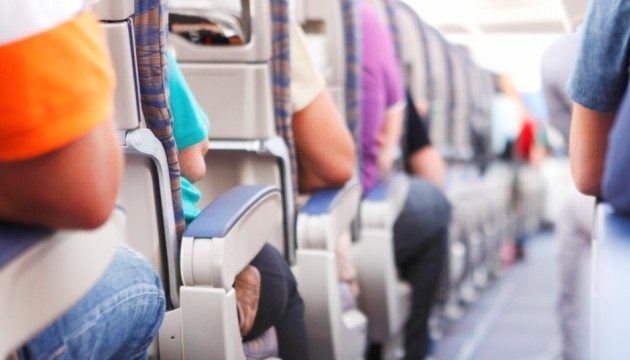Economic overview
Large aid inflows following 2004’s tsunami, followed by an end to 25 years of civil conflict in 2009, ushered in a period of strong growth for Sri Lanka. Tourism continues to thrive. In the first nine months of 2015, Sri Lanka welcomed 1.3 million tourists (up 18.8% year-over-year). The government is targeting 2.5 million arrivals in 2016.
But exports suffered in 2015. Farms were hit by bad weather. Manufacturers were hit by weak demand from the rest of Asia. Agriculture is expected to recover, however, and rising demand from the U.S. and European Union for Sri Lanka’s products should offset industrial declines. Construction is expected pick up this year, as well. Sri Lanka’s economic growth slowed from 7.4% in 2014 to 6.2% in 2015. Oxford Economics sees growth improving to 6.6% in 2016.
Business travel industry insight
Sri Lanka has been South Asia’s fastest-growing international travel market for 15 years. It’s now a more popular destination than Bangladesh, Nepal or Pakistan. Most travelers arrive from India; the United Kingdom and Germany are important, too. China is on pace to become the second-largest source of travelers by 2020.
While overall travel is doing well, Sri Lanka still has a small business travel market; total spending amounted to just US$1 billion in 2015. Sri Lankan business travelers account for two-thirds of this figure; they’re expected to increase spending by 7-9% in the years ahead.
Of the world’s top 10 hotel chains, only Hilton and Wyndham have properties in Sri Lanka. But Starwood and Shangri-La Hotels each plan two new hotels. Meanwhile, air travel is concentrated at Colombo’s Bandaranaike Airport, where Oneworld Alliance member SriLankan Airlines operates nearly half the flights. It links the country to 30 destinations, mainly within Asia. Low-cost carrier Mihin Lanka provides some local competition with flights to cities in South Asia and the Middle East.
Opportunities
- By exploiting its strategic location in a rapidly growing region, Sri Lanka is positioned to attract new industries (including high-tech outsourcing), supporting stronger growth.
- A young population, competitive wages, improving education and growing access to technology should encourage more companies to invest or locate in Sri Lanka.
- Political peace has revitalized tourism. Rising visitor numbers are enticing hotel investors, and this will mean a greater choice of high-quality accommodation for leisure and business travelers in the near future.
Challenges
- Tea and textiles together account for more than 50% of Sri Lanka’s exports, and both are threatened by growing competition. Sri Lanka must diversify its export base.
- The state may tax more households and companies if it adopts International Monetary Fund (IMF) recommendations on tax reform. This could dampen economic growth.
- There are fears guerilla attacks could resume if the government fails to deal with the underlying grievances that caused the long-lasting civil war.

